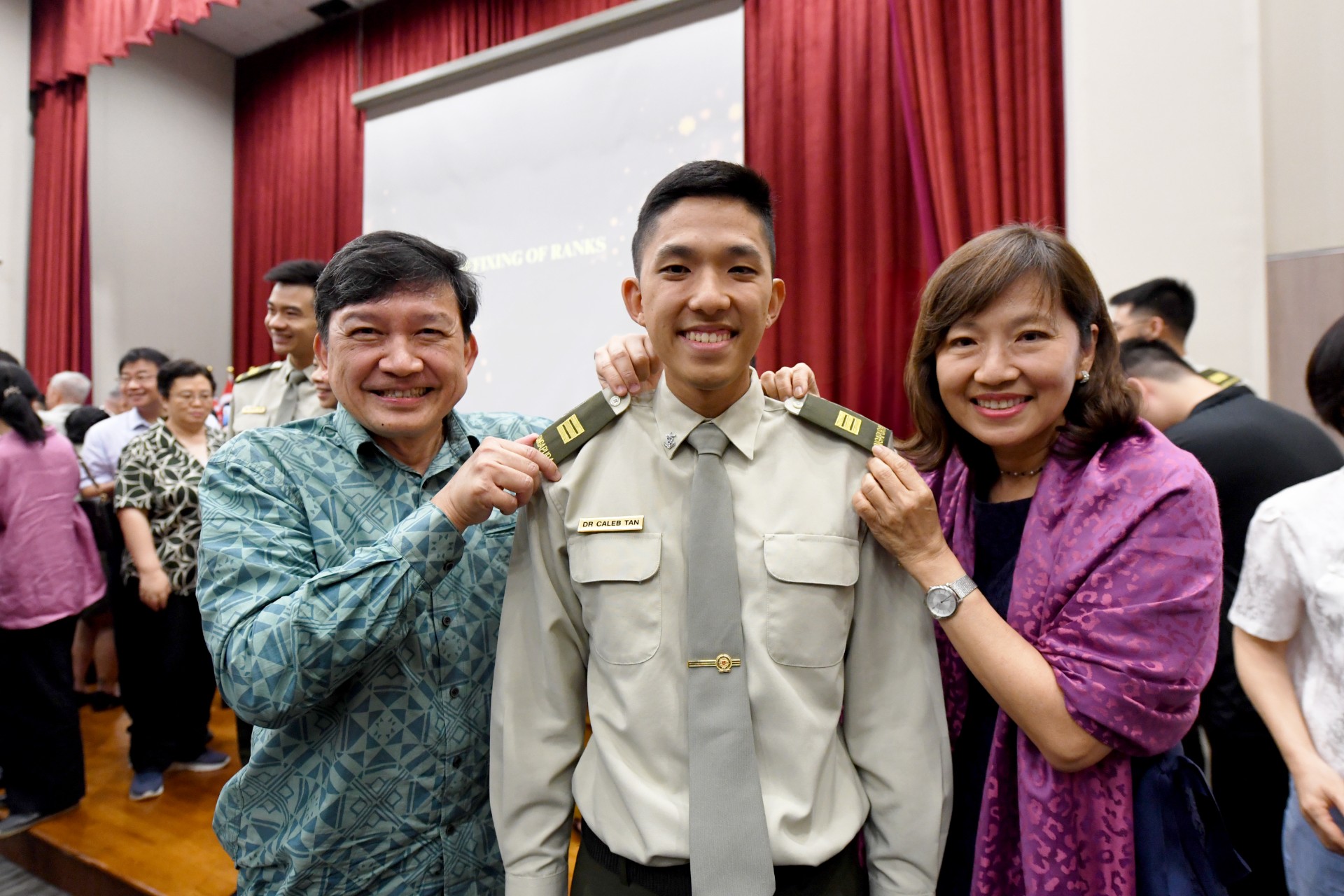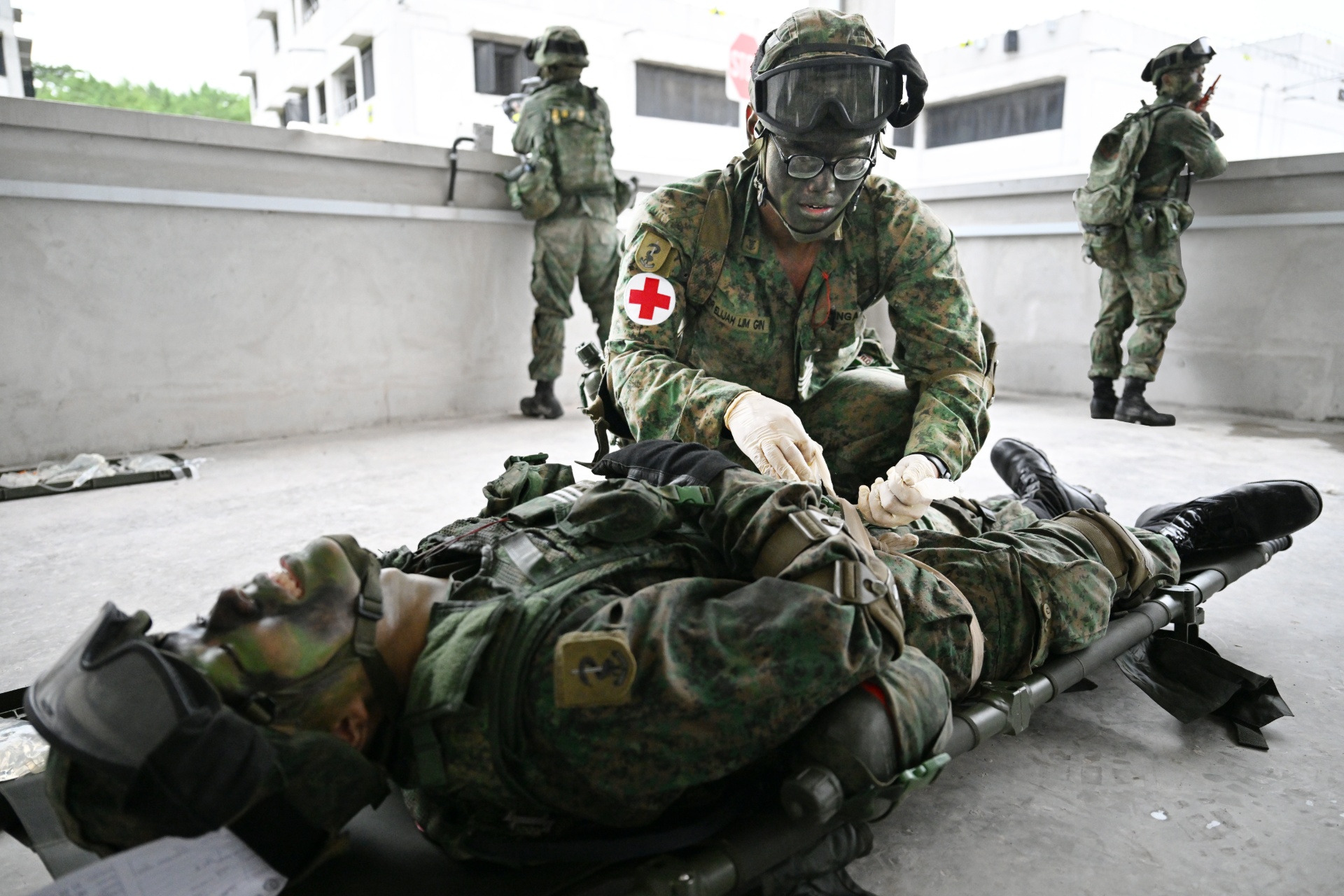GUARDIANS OF FIREPOWER
PHOTO // Ong Hong Tat And Courtesy Of SAF Ammunition Command
A light squeeze of the trigger, followed by the loud and unmistakable crack of gunfire, sends a bullet zipping towards the target. This is the expectation that a soldier has when operating any weapon; no one pulls the trigger and hopes for a dud.
Ensuring that this happens is only part of the responsibilities of SAFAC, said Military Expert (ME) 6 Lim Bock Aeng, Commander SAFAC. "Apart from ensuring (ammunition) reliability and safety, we also look into how to deliver ammunition rapidly and seamlessly to the units on the ground."
For example, SAFAC is working to issue the ubiquitous 5.56mm rounds (used in the Singapore Assault Rifle 21 or SAR 21) in clear plastic boxes, each containing 50 cartridges, which allow soldiers to immediately verify the contents without breaking the security seal.
This innovation is just one of several which will improve the ease of managing munitions for the end-user.
Deep knowledge
As the SAF's go-to people for all matters concerning ammunition and explosives, the Command's knowledge of the subject can easily fill an encyclopedia.
First, they use a classification system which groups specific types of ammunition according to their properties and intended use. This is also used to determine which ammunition types can be safely stored with which others.
Even everyday tasks such as transporting items from point to point is a science when it comes to ammunition. From the signs that must be displayed on the vehicles' exterior to the way that ammunition is packed within the vehicle, each step is governed by strict regulations.
When ammunition-laden vehicles are on the road, they are constantly monitored by SAFAC and the routes taken must comply with nationally-approved roads to avoid highly-populated areas and vital public installations.
The SAF uses the United Nations hazard classification system which designates all explosives and explosive components as Class 1 hazard materials.
Within this class, there are six other divisions, with Class 1.1 as the most potentially dangerous and Class 1.6 reserved for the most stable items. The most commonly used ammunition type in the SAF's inventory, the 5.56mm round, is classified as a Class 1.4 hazard.
"SAFAC benchmarks its practices against those of other established military forces and international organisations to make sure that we are up to standard," explained ME6 Lim. In addition, these practices are subjected to an independent audit once every three years.
Big bang theory
As the keeper of the SAF's combined firepower, SAFAC dedicates much of its time to ensuring that ammunition - from the smallest 5.56mm round to the biggest 155mm round and pyrotechnics - is ready for use and functions reliably at any time. This means taking care of the entire gamut of ammunition supply operations from storage to performance testing to delivery.
"Over 3,000 test-firings are conducted every year for all the ammunition used by the SAF to ensure their performance and safety," said Captain (CPT) Goh Mui Kee, Head Ammunition Reliability Section (ARS), SAFAC.
While the logic behind the tests is simple (a proportion of each batch of ammunition is randomly selected for test-firing to detect defects), the parameters are complex and change in accordance with the amount of time which the batch has been kept in storage.
Despite every effort to store rounds under optimal environmental conditions, deterioration will still occur due to the nature of ammunition.
Thus, regular test-firings that measure performance indicators such as bullet velocities and muzzle pressure are conducted to ensure that each batch remains well within acceptable parameters set out by the SAF and the manufacturers.
These test-firings - which SAFAC calls "surveillance tests" - are also designed to provide a comprehensive state-of-health overview of the SAF ammunition inventory.
Rounds which are found to be defective are returned to the manufacturers who must then arrange for replacements.
Every lot of ammunition in the SAF inventory is continually assessed by Military Experts in SAFAC before it can be released for use. "We take a very safe approach because these are materials which can be potentially dangerous if not managed properly," said CPT Goh.
Comprehensive test
Even though the 5.56mm round weighs only 11.6g, measures less than a finger's length and is one of the smallest rounds in the SAF inventory, it is subjected to the same rigorous surveillance firing process.
These tests typically take a few hours in a special range and instead of using a SAR 21 assault rifle, the rounds are fired from a special gun which is fixed in position.
This is specially-constructed gun - simply referred to as a B214 system - is rigged with sensors which measure the amount of pressure exerted on the barrel and other data.
The attention to detail extends down to the temperature of the round. For the test-firings, the 5.56mm rounds are kept at 21 degrees Celsius, which is the manufacturer-specified optimal conditions.
"By using this system, we can accurately measure the bullet's trajectory, speed and accuracy because firer-fault is eliminated," explained ME1 Kenny Tan who is a Surveillance Assistant at ARS.
After the tests, the corresponding batches of 5.56mm rounds are then assigned a qualification code.
Rounds which are found to be nearing the end of their useful life are scheduled for more regular tests to ensure their continued serviceability, and are issued earlier to units for training purposes so that they can be expended while still of good quality.
Larger ammunition types such as the 155mm artillery rounds used by the howitzers and the 76mm rounds used by Navy warships are also subjected to the same rigorous test-firings to ensure their performance. These firings are typically conducted overseas, under the supervision of SAFAC.
Explosive innovation
Ammunition delivery - another area of SAFAC operations - is also taken seriously by the Command, as the ability to rapidly deliver ammunition to ground units contributes to the SAF's overall operational readiness.
To that end, SAFAC developed an innovative container system which allows for long-term storage of palletized ammunition. When needed by the units for operations, these side-opening containers allow soldiers to quickly retrieve the specific type of ammunition required. Laden with ammunition, these six-metre-long containers are always kept at the ready.
Know your ammo!
155mm high explosive artillery round
Used by the Singapore Lightweight Howitzer Pegasus.
Man-portable, anti-tank, anti-door (Matador)
Disposable anti-armour system used by the Army.
76mm round
Fired by the Navy's 76mm naval gun.
120mm area effect illuminating mortar bomb
Used to illuminate the battlefield for about a minute when troops need a better view before launching a night assault.
20mm high explosive incendiary tracer
Used by the Air Force for its heavy machine guns mounted on aircraft.
Rifle grenade 40mm high explosive dual purpose
Designed to penetrate at least two inches of steel armour. Fired from an M203 grenade launcher.

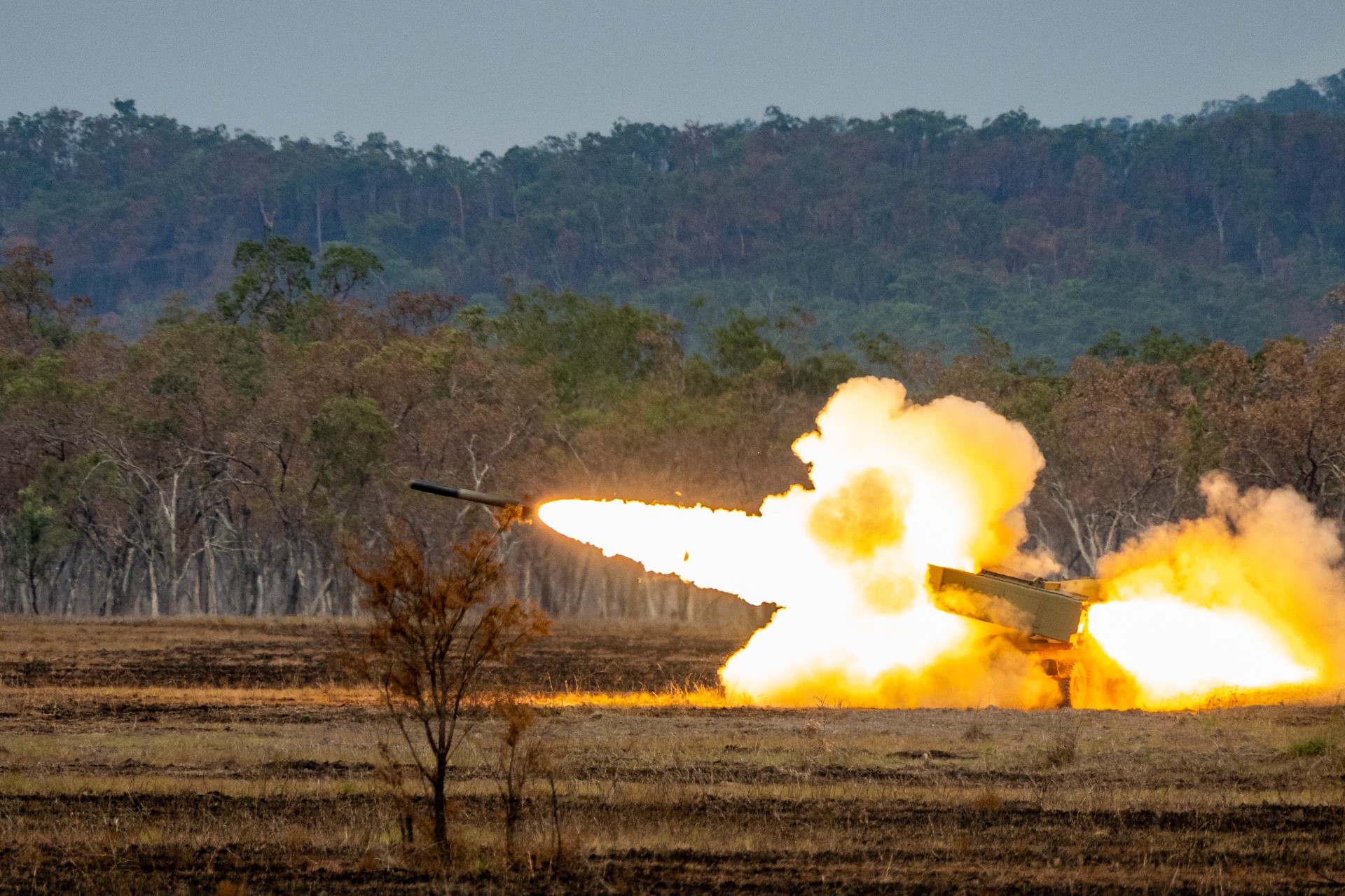
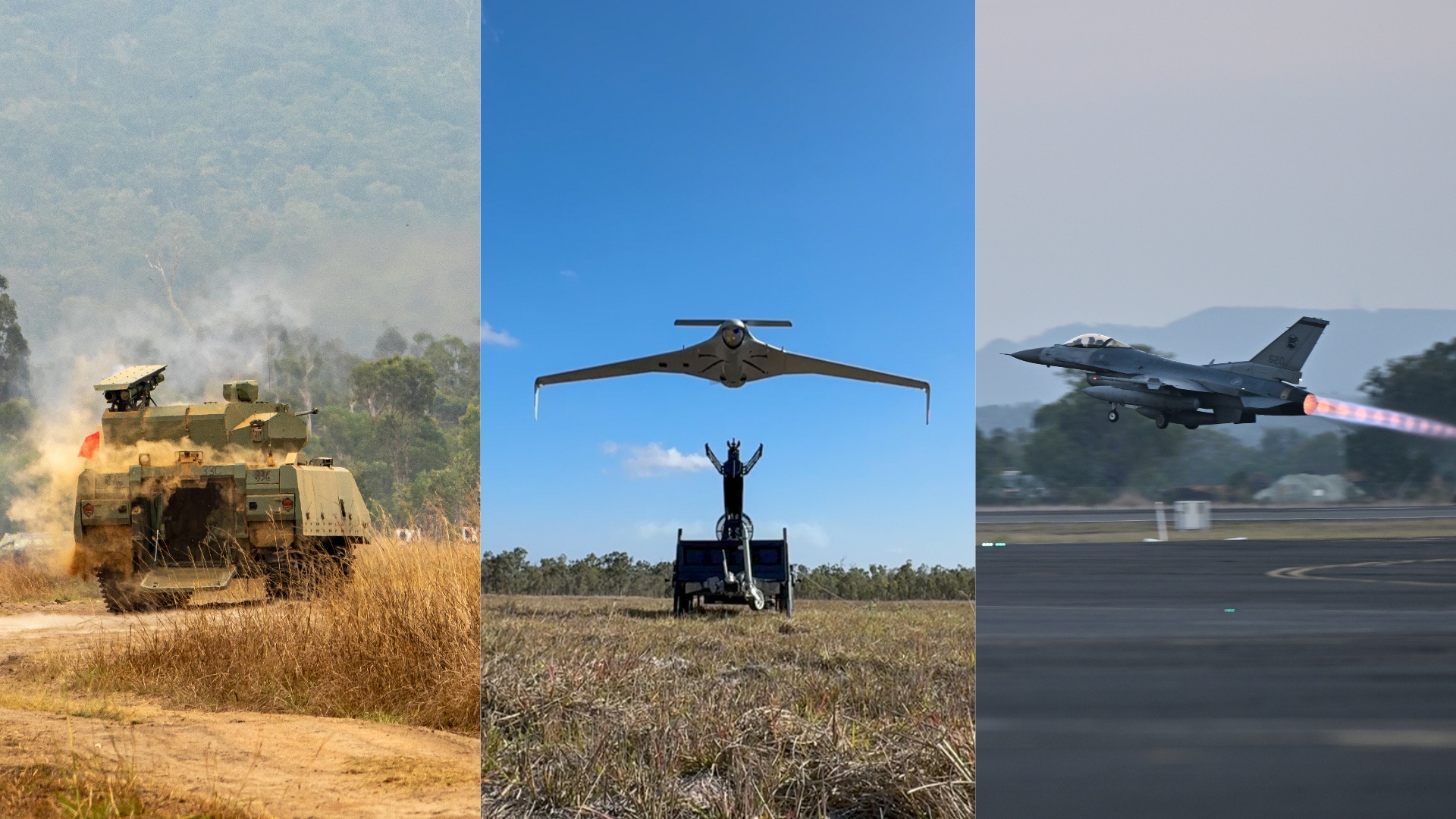
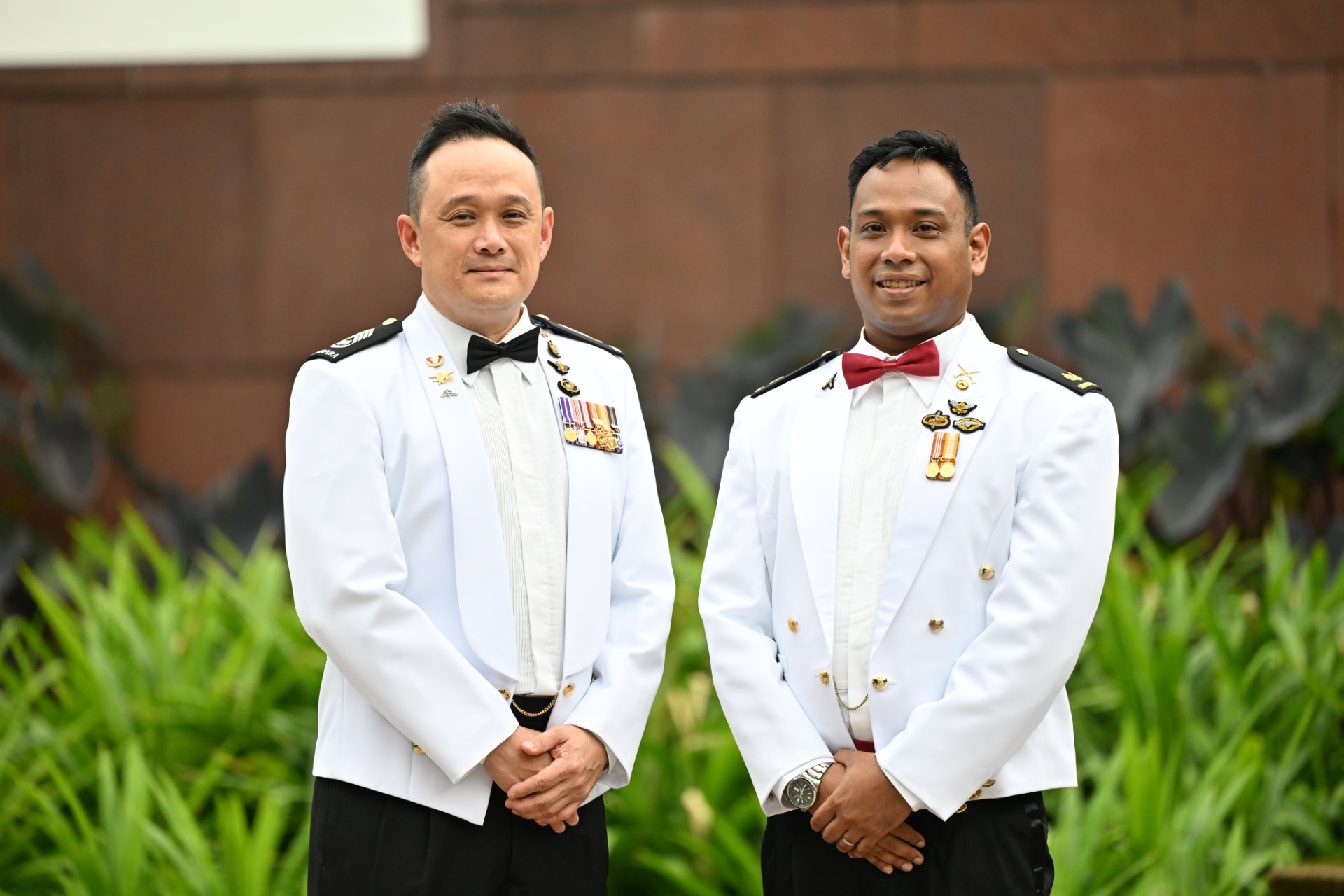
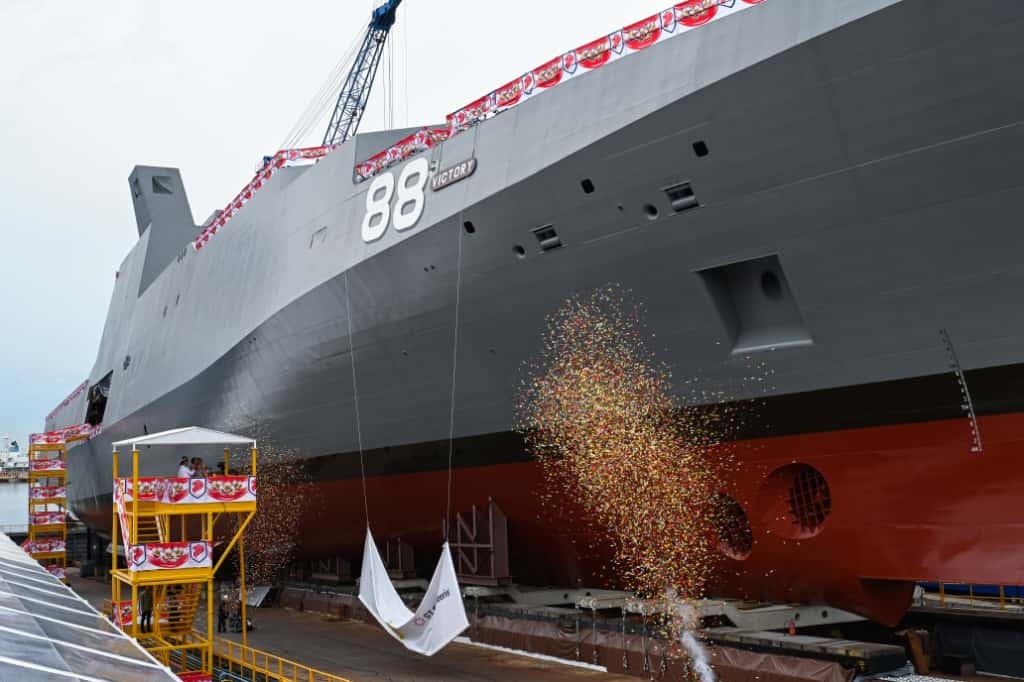
-dsc_2181.jpg?sfvrsn=cf8a503f_1)
